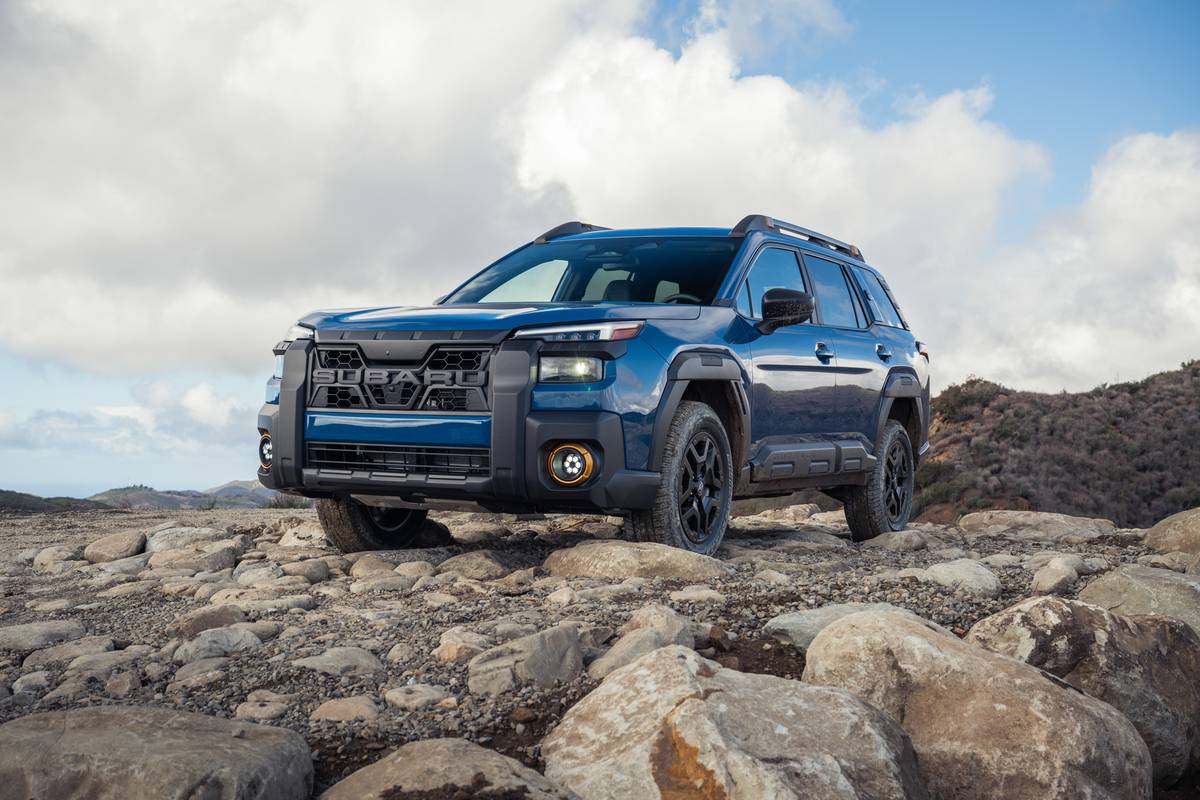Orlando Sentinel's view
Toyota makes the best Mercedes-Benz you can buy.
It’s called the Lexus LS 400.
This luxury sedan is an amazing piece of engineering artwork. There may not be a smoother, quieter and better riding car available for any price.
The fact that Toyota could sell a car for between $36,000 and $40,000 that is in most respects equal to or greater than the more expensive, big Mercedes-Benz models is nothing short of spectacular.
But the LS 400 comes up short in a few areas, and isn’t quite ready to be considered among the world’s finest cars for one major reason: styling.
A luxury car is something you want, not something you need. You buy a luxury car to satisfy yourself as well as to make a statement.
Even though Nissan may not be doing too well with its luxury car flagship, the Infiniti Q45, at least Nissan had the courage to try to carve out an identity all its own.
Toyota didn’t even try.
From the grille to the taillights, Toyota copied Mercedes-Benz.
The Japanese always have had a flair for taking someone else’s idea, copying it and making it work better. And that’s basically what Toyota has done with the Lexus.
You start the 250-horsepower, 32-valve, V-8 engine and it makes no noise or vibration. You put the four-speed, computer-controlled automatic transmission in drive and feel no sensation of the LS 400 moving over pavement. What more could you ask for in a luxury car, you wonder?
How about something that looks original.
Mercedes-Benz, Jaguar, Cadillac and BMW each earned the coveted status of prestige, quality, luxury and performance through decades of slow, steady refinement of engineering, and each marque’s styling has been an evolution of a unique theme.
You never confuse a Cadillac or a BMW or Jaguar, but Mercedes-Benz is the first thing you think when you see a Lexus 400 tooling down the road.
Arguably, the 400 already has passed the Europeans in engineering. By styling something that looks European in general and German in particular, Toyota hoped to cash in quickly in the luxury-car market.
You can’t field a serious luxury car if it isn’t built well, and this is where the Lexus also excels over the Europeans. You can tell by looking at the precise way things fit together that not even the most minor of details was overlooked. Solid, sturdy and durable are the words that come to mind when you examine the LS 400’s fit and finish.
From the neatly arranged tool kit and first-aid kit in the trunk, Toyota has gone out of its way to go the extra mile for its customers. When problems with the car’s alternator and third brake light were discovered shortly after the LS 400 debuted, Toyota set the industry standard for dealing with recalls.
As you would expect in a luxury car, the interior is outfitted with leather, wood trim and thick, rich carpeting. Tasteful, conservative and elegant best describe the interior – except when referring to the instrument s. Placed behind dark tinted glass and lighted automatically when the ignition is switched on, the instrument cluster is a thing of beauty.
Brightly lighted gauges and warning lights are placed with the obvious intention of making it easy for the driver to quickly discern important information. The switchgear, easy to locate and use, felt expensive and solid. I didn’t care for the front seats. They lack cushion and flexibility. You sit down, feel the seat receive your weight and then all of a sudden it is as if the seat bottoms-out against the floor. Headroom is a bit on the tight side for 6-footers, and the air conditioner in the test car was a huge disappointment because it had ran low on freon.
The test car, painted a luxurious black jade pearl, absorbed an enormous amount of heat. In 95-degree weather, the air conditioner had to be operated for at least 15 minutes before it cooled the interior comfortably.
The LS 400 is loaded with so many things that make dr ving or riding in it a pleasure: an electrically operated sunroof, a CD player with a trunk-mounted changer, air conditioning vents for rear seat passengers and numerous compartments to hold cups and other items. For instance, an adjustment on the door post allows the driver and passenger to adjust the angle of the seat belts so they do not cut into the neck. The steering wheel automatically moves out of the way when exiting and entering the car.
Mechanically, the LS 400 is the equivalent of a motorized sofa. You don’t feel transmission shifts or minor bumps. Power is a bit on the reserved side. With the Infiniti Q45, you get more fireworks than the 4th of July. With the Lexus, you get a nice, safe sparkler. Gas mileage averaged 17.9 miles per gallon combined city/highway driving.
Toyota has the basis of an excellent car with the LS 400. One can only hope that in time it evolves into more of an original statement, something that conveys a sense of styling leadership to match its already-awesome build quality. But for now, the LS 400 rides on the coattails of others.
Latest news



